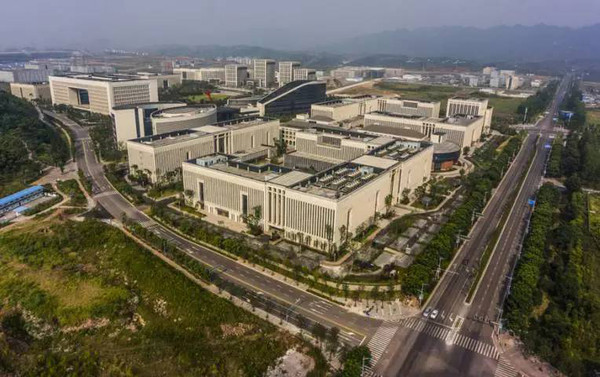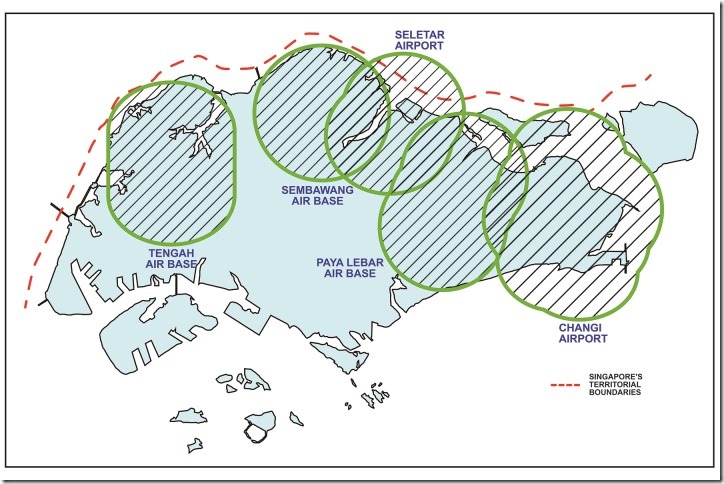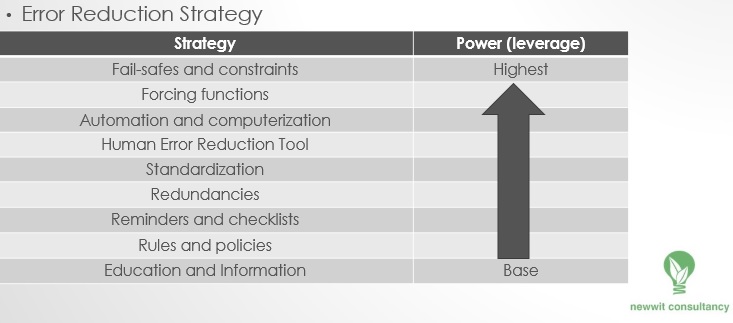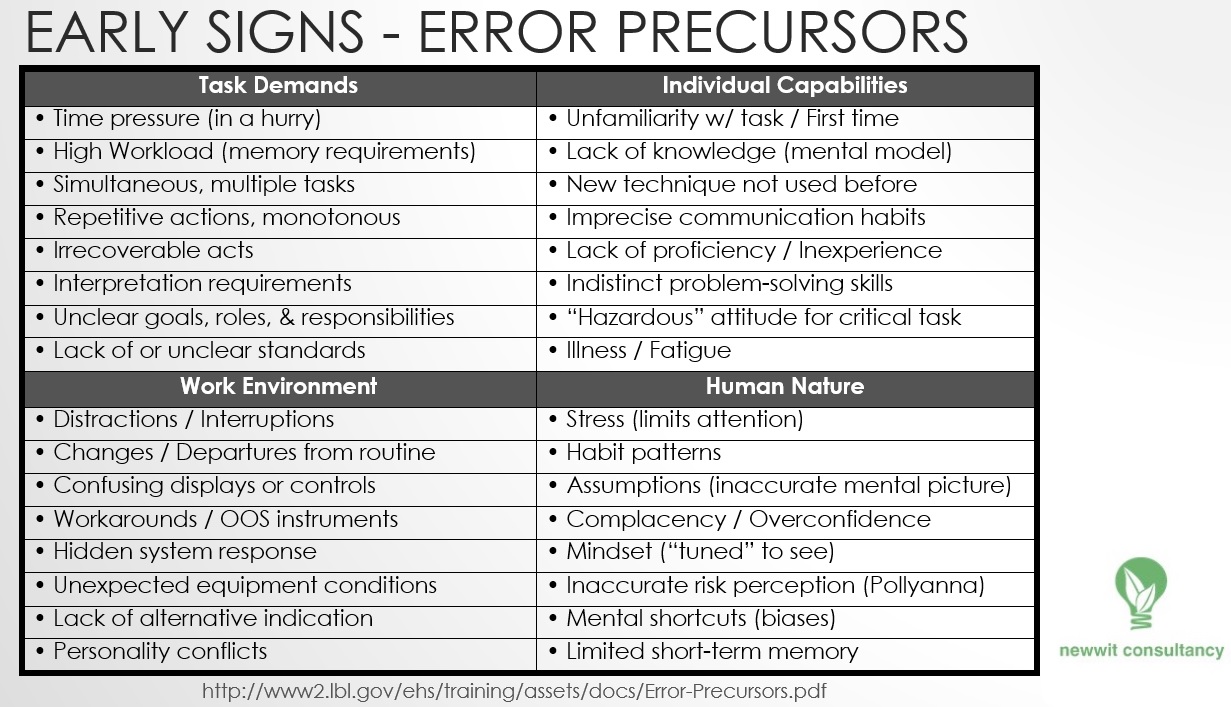TV, a device in my living room that for the past 6 years, I had hardly watched more than 15 minutes each year. The reason why I still have a TV in the house, is that my parents watches news and Taiwanese entertainment programme on it in the evenings.
During the total 43 days of isolation quarantine that I had spent in the past 12 months (15 continuous nights in Bangkok Thailand and 2x14days in Singapore), I had not turned on the TV. In fact, in all the times I had travelled in the last 10 years, I have not turned on the TV in the room, except once in Taipei in an Airbnb just to watch the colourful Chinese advertisement for a few minutes to compare it to what I had seen when I was last in Taipei 26 years ago. Not much has changed except for greater use of digital animation in the advertisement.
Despite Covid-19 travel restrictions and multiple work-from-home or stay home periods. Singtel and Starhub, both the only licensed pay-TV providers in Singapore, have lower pay-TV revenue and subscribers count in latest financial results.
– https://sg.news.yahoo.com/starhub-q1-net-profit-plunges-010047664.html
Is it surprising? The signs had been there in the past couple of years, and more so in the past 12 months perhaps accelerated by the pandemic, with Discovery Channel and Disney pulling out their content from the pay-TV service providers and going live streaming with subscription. My 80 years-old father woe the days when he used to watch Discovery channel on their nature or travel shows in the telly. Well, he has not taken to mobile device and I doubt he ever will.
We no longer have hours to spare to watch scheduled TV program, and we do not like TV advertisement (TiVo) and skip through them or avoid them (I have Youtube premium). We want more content, and want to squeeze out time by not wasting it on unwanted content or waiting.
My kids, 17 to 23 years old, had not sat down in front of a TV for past 10 years too. They had taken to social media, online content since young. They are the digital citizens.
I was intrigued by the Tokyo Olympics, and there are a few sports I liked and would have followed had it been available on the online streaming or content. But International Olympics Committee is a dinosaur when it comes to managing the content and they stayed with broadcast rights with traditional TV media.
Helen Coster wrote a piece “Analysis: Why TV audiences are tuning out the Tokyo Olympic Games”
I agree with her points. Young audience which are the attuned to fragmented time content, have not tuned in to Olympics despite the inclusion of skateboard. And, the Olympics should rationalize and better organize their programme, I lost interest on the Olympics after the first week. Come on, equestrian sports is such a boring programme to watch. I think I get more excitement when I watch the race-“walking” 20km event. The programme is over in 2 hours for a 20km race walking event. Would you believe that the equestrian is a 15-day programme in the Olympics? https://olympics.com/tokyo-2020/olympic-games/en/results/equestrian/olympic-schedule-and-results.htm
The poor horses had to endure the flights, and acclimatization well before and after the equestrian, so imagine the logistics involved. And, mostly the rich nations participate in this sport.
I have Starhub+ app, and when I tried the Olympics channel that is shown, it is always not showing the sport that I like which are triathlon, marathon race, diving, and long distance 10km swim. I have observed that such content are not allowed on Youtube and it is a shame that Youtube did not purchase the rights. I guess all the TV broadcasters will not want Youtube to stream. Imagine the drop in viewerships and advertisement revenues with it. But, I believe it is inevitable that the next Olympics or maybe the one after that, we the consumers will get what we want.
The content we want, on the device we want, at the time we want.
Netflix’s growth, is fueled by this kind of demand, and innovations like 4G/5G enabled this sort of service and content consumption. The devices in our hands, on our hands (watches), that we wear, will be how we want our services delivered. Close to us, convenient, when we want them. Or someone who said that using AI, before we want them.
The trends now is streaming content that we can choose what we want to watch. Youtube and the likes of TikTok dominates with users-created contents, but for entertainment there are plenty of contenders and its not a winners-take-all game. I have YouTube Premium, Netflix, Disney+, Audible, Sportify, on multiple mobile devices. I had trialed Viu but I find I don’t need so much content. I had Tencent TV, iQiYi, Kugou Music when I was based in China for a year. All added, they cost more than the pay-TV subscription and while my pay-TV service provider have a pay-TV App that has is not well organized, it lacks the content that I want. In the years to come, I foresee I will cut the pay-TV subscription altogether. https://www.channelnewsasia.com/commentary/death-of-cable-tv-streaming-netflix-hbo-disney-1417816
For Telcos, they cannot compete on the content end, nor should they try to. Singtel and Starhub have looked into innovations, divert more resources to enhance the services (Singtel-NCS, Fintech, re-allocate capital etc), and Starhub embarked on the cyber-security offerings. I think its better they do these in the mature market like Singapore, and can guide them in the developing markets (for Singtel, that has controlling or sizable shares in Australia, India, Indonesia, and Thailand) which are embracing 4G and 5G with a young population that are the digital citizens. Singtel has also branched into digital banking through partnering with Grab (https://www.straitstimes.com/business/banking/grab-singtel-venture-applies-for-digital-bank-licence-in-malaysia). While time will tell, it is better to create new plots than to lose the plot altogether. Right?


 Inspur had built a data center facility with capacity of 8,000 racks in ChongQin for China Unicom as a built-operate model. (reference 3). Inspur announced plans to build seven large data center facilities and 50 smaller ones through-out China. (reference 3, 4)
Inspur had built a data center facility with capacity of 8,000 racks in ChongQin for China Unicom as a built-operate model. (reference 3). Inspur announced plans to build seven large data center facilities and 50 smaller ones through-out China. (reference 3, 4)









